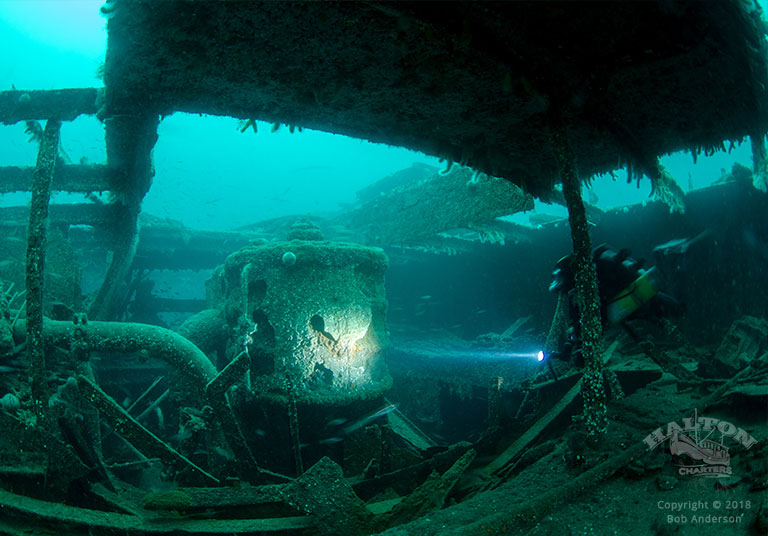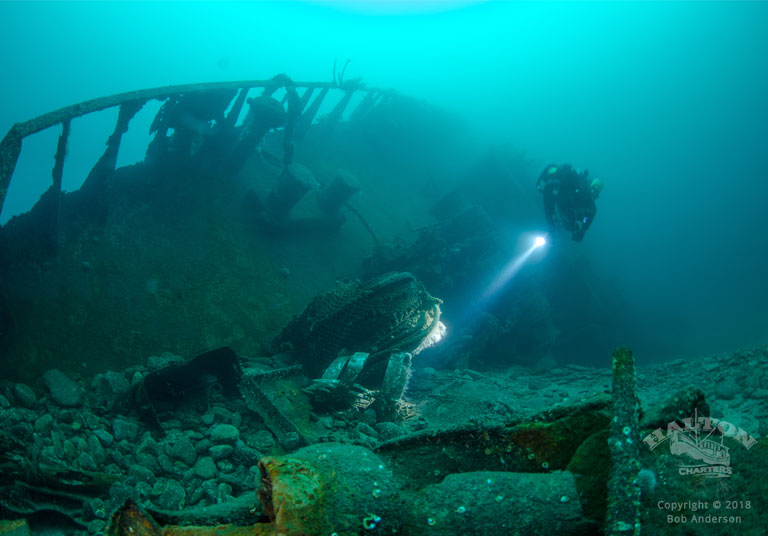Shetland
Go as far north as north can and you will end up in Shetland, the last outpost of the UK and more than 100miles north of the Scottish mainland. Here you can cross 60° North on the South mainland and still have several hours drive still to go before you go reach the top. These islands are at once beautiful, raw, beguiling, exposed, isolated but most of all, there for the exploration.
A week is Shetland can be many things but the memory you will take away is of the rich variety of untouched sights in clear water that are teeming with life. Most of the wrecks are concentrated in the southern approach to Lerwick harbour. Further North sees the wreck of the E49, a submarine mined just outside Balta Sound. The west coast holds a wealth of scenic diving while the north just holds the crown for being at the end of the world.

